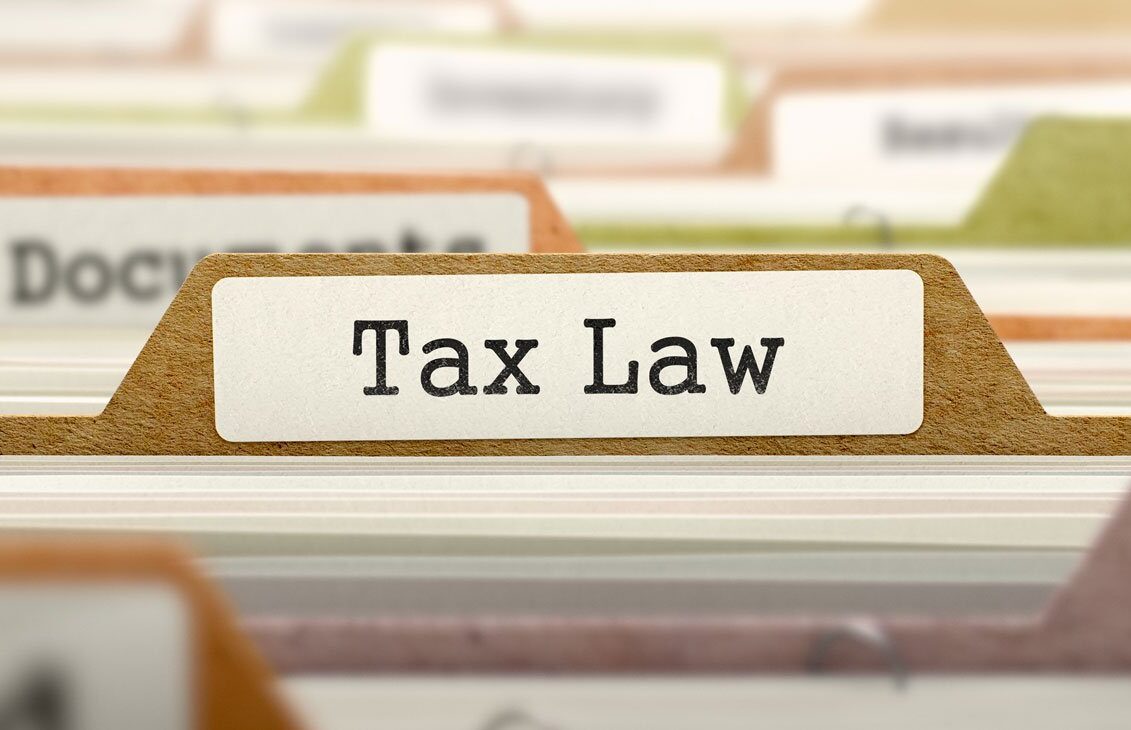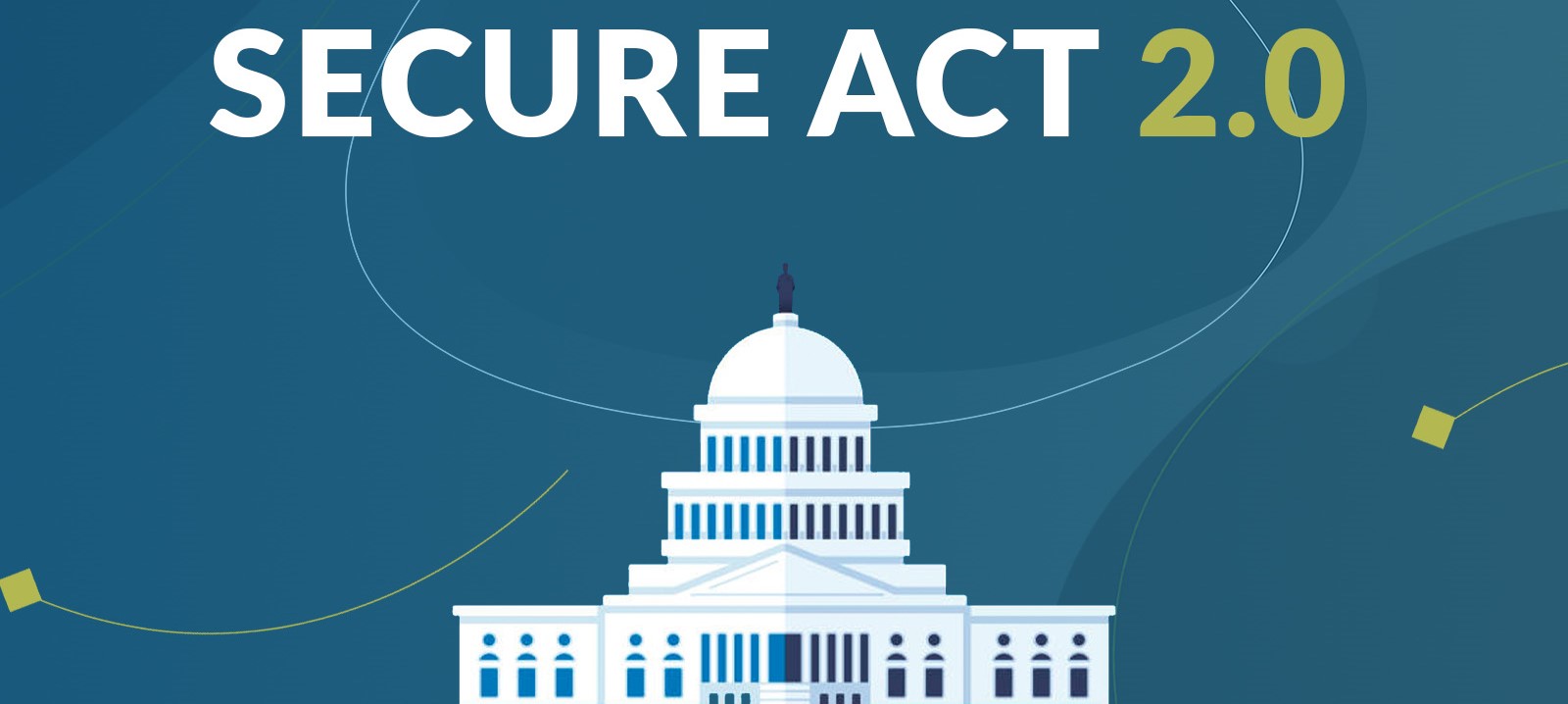“Missed stretch IRA RMD by an EDB, when the IRA owner dies before the RBD.”
This is a line from one of the manuals we use in our education seminars for advisors. An old baseball expression says: “You can’t tell the players without a scoreboard.” In the world of retirement accounts, you can’t understand the rules without knowing the abbreviated retirement terms.
Here are 18 common ones you should know:
AMBT
Applicable multi-beneficiary trust.
A trust named as an IRA beneficiary that enables chronically ill or disabled EDBs to stretch out RMDs even though there are NEDB trust beneficiaries.
DB
Designated beneficiary.
A beneficiary that is a living person. DBs can be either EDBs or NEDBs. (ii) Defined benefit plan. A tax-qualified employer plan in which participants receive a benefit based on the plan’s formula. Also known as a “pension plan.”
DC
Defined contribution plan.
A tax-qualified employer plan, like a 401(k) or 403(b), in which participants receive a benefit based on the value of their individual account.
EDB
Eligible designated beneficiary.
A DB that is a surviving spouse, a minor child, a chronically ill or disabled individual, or is no more than 10 years younger (or older) than the IRA owner. EDBs can stretch inherited IRAs over their lifetime.
ERISA
The Employee Retirement Income Security Act of 1974.
ERISA is a federal law that regulates certain workplace retirement plans and health plans. The law is sometimes referred to as “Every Ridiculous Idea Since Adam.”
IRA
Individual retirement arrangement. (Bet you got this one wrong.)
An IRA can be an individual retirement account or an individual retirement annuity.
IRD
Income in respect of the decedent.
An income tax deduction available when a beneficiary receives income on an item owned by the decedent (such as an IRA) that is subject to both federal income and estate taxes.
NDB
Non-designated beneficiary.
A beneficiary that is not a living person (e.g., a charity, estate or non-qualifying trust). An NDB must be paid out over five years if the IRA owner died before her RBD or over her remaining life expectancy (had she lived) if the owner died on or after her RBD.
NEDB
Non-eligible designated beneficiary.
A DB that is not an EDB. NEDBs must be paid out within 10 years and sometimes must receive annual RMDs in years 1-9.
NIA
Net income attributable.
Earnings or losses in an IRA attributable to an excess or recharacterized IRA contribution.
NUA
Net unrealized appreciation.
A tax strategy for 401(k) or ESOP participants with highly-appreciated company stock to reduce taxes on sale of the stock.
PLR
Private letter ruling.
A tax ruling made by the IRS issued upon request of a taxpayer.
QCD
Qualified charitable distribution.
A tax-free transfer from an IRA to a charity.
QDRO
Qualified domestic relations order.
A court order awarding an ex-spouse part of an ERISA plan participant’s retirement benefit.
RBD
Required beginning date.
An RBD is the date by which IRA owners and company plan participants must start RMDs. For IRA owners, the RBD is April 1 of the year following the year of their age 72 birthday.
RMD
Required minimum distribution.
The minimum distribution that account holders must start taking at their RBD.
SEP
Simplified Employee Pension.
A retirement plan in which employers contribute to employees’ IRAs.
SIMPLE
Savings Incentive Match Plan for Employees.
A retirement plan for small employers in which elective deferrals and employer contributions are made to employees’ IRAs.
By Ian Berger, JD
IRA Analyst











